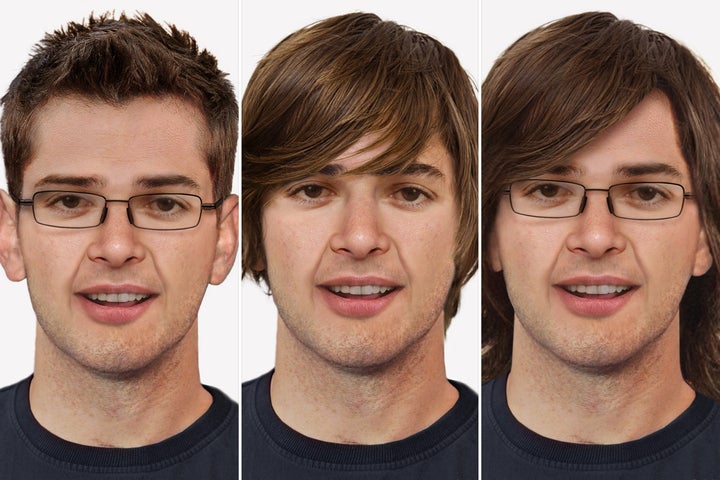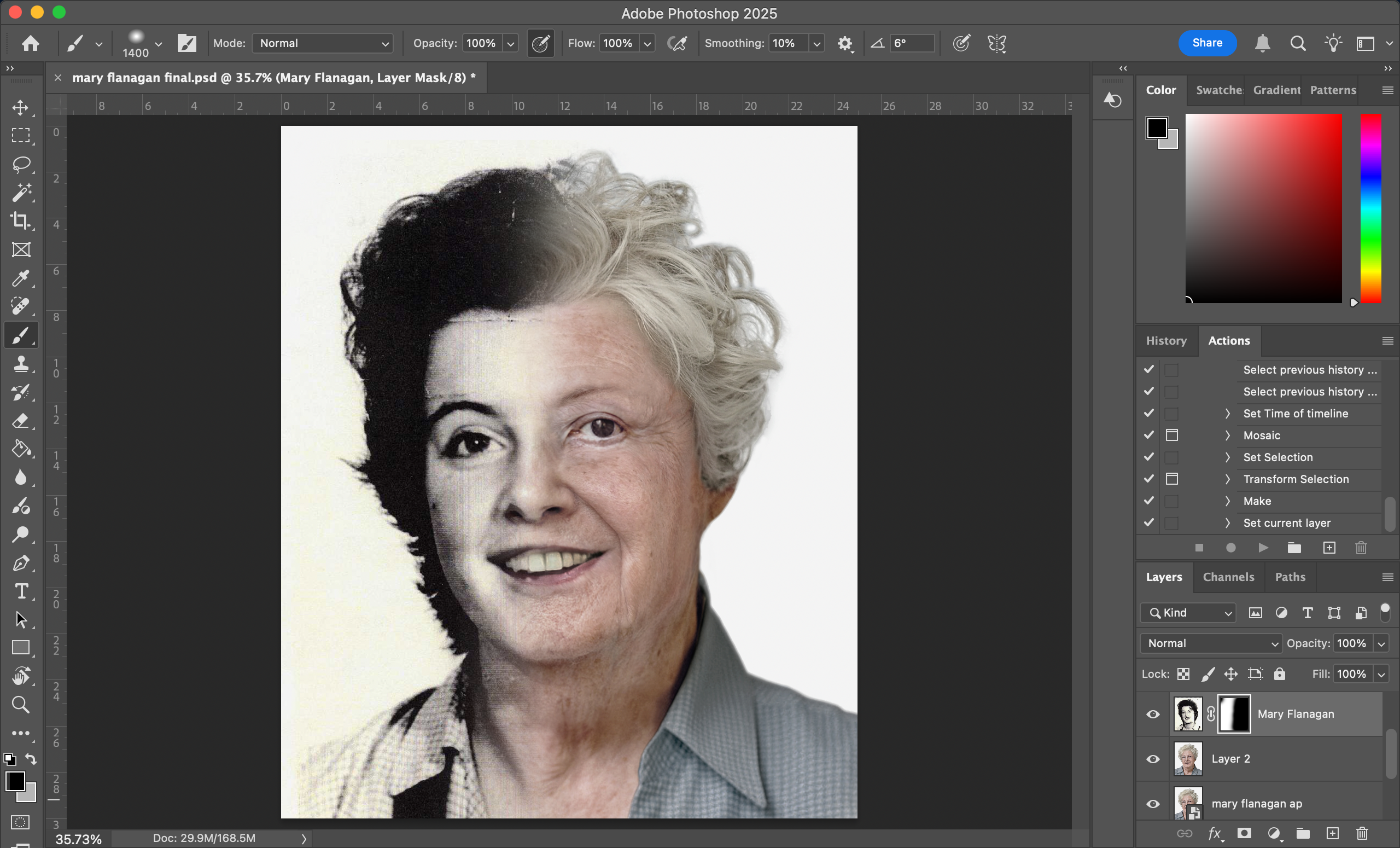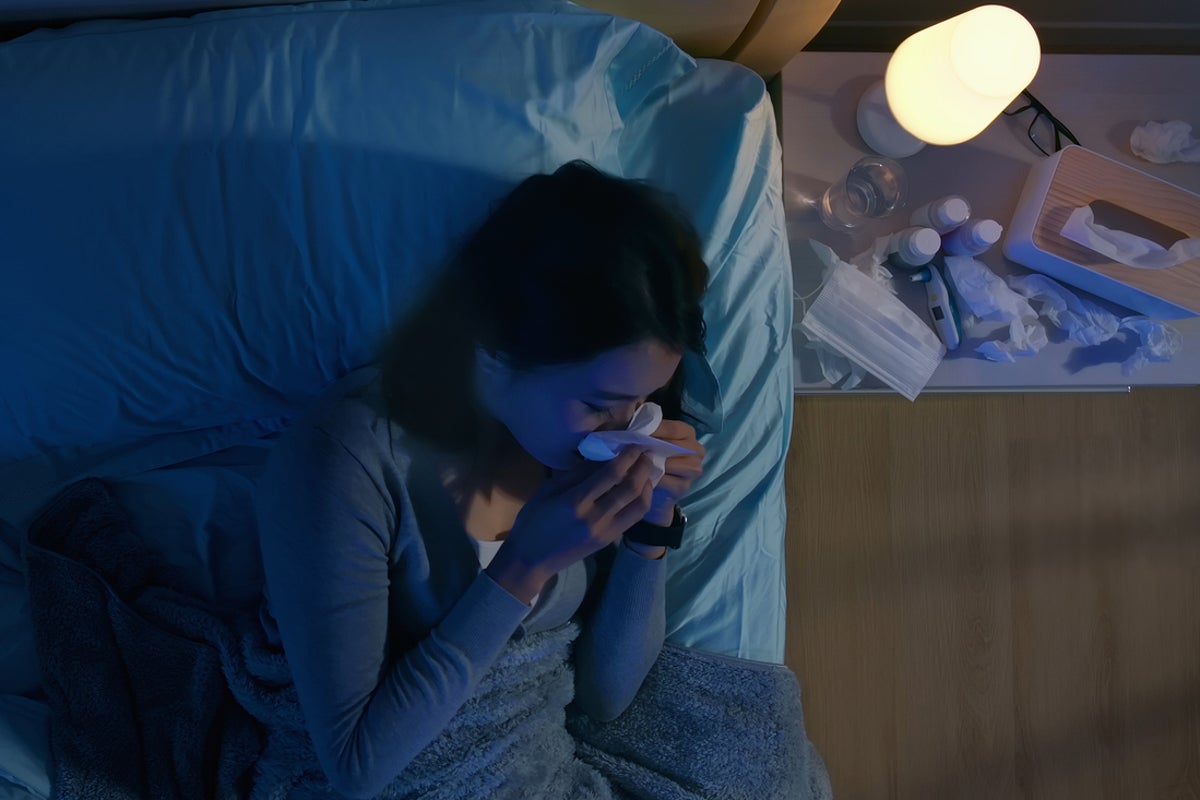An age progression picture, which shows what a missing person might look like today, can be critical in finding leads, reigniting public interest and hope for families, and bringing someone home.
But for those who haven’t seen their child or loved one in years, it can be deeply emotional to see the familiar, yet different face, of someone who has been gone for so long.
Police, journalists, and charities like Missing People use these digitally created images to spark recognition from the public. The Independent and Missing People have this week launched the SafeCall appeal, aiming to raise £165,000 to fund a new free service offering support and safety to the 70,000 children reported missing each year.
Donate here or text SAFE to 70577 to give £10 to Missing People – enough for one child to get help.
When fresh evidence runs dry and leads go cold, police call on forensic artist Tim Widden to create an image they can use to gain more information.

He told The Independent: “It’s obviously incredibly painful for families with missing loved ones, and to be able to play a part in ending that doubt and finding out the truth of what happened is, I think, really important.”
When he is asked to create an image, he uses the most recent photos of the missing person, alongside pictures of parents and siblings, to see how they could age.
By analysing other family members, Mr Widden can often spot family trends in how the face changes.
He said young children’s faces are particularly difficult to predict as they change rapidly before adolescence, when the facial structure is closer to its adult form. He typically wouldn’t create an image of an adult until at least a decade after they have disappeared, but for children, it could be much sooner.
Amy Walker, the head of digital campaigns at Missing People, warned that for many parents, this can be a difficult process.
“No matter how much you try and warn them, the feelings often catch you out and you weren’t maybe expecting it to have such an impact on you,” she told The Independent.

“[But] a lot of family members are doing it because there needs to be something new, to try to reengage people, to keep that hope burning.”
Even finding the photos to share with Mr Widden can be painful, she added: “You start with that box of memories, which will bring up all sorts of things and sometimes can trigger the fact that the reason why you’re looking through those photos is because your loved one’s still not here.
“Especially if they were a child when they were abducted or went missing.”
Mr Widden, who has created age progression images for 10 years, has worked on some of Britain’s most high-profile cases. His images have directly located two people and brought about many leads.
“In my experience, we do often get lots of sightings or intelligence that we pass to the police whenever we release a new age-progressed image,” Ms Walker said.

As well as photos, Mr Widden factors in medical information and lifestyle factors, like dental or eye conditions, or smoking habits. He recently did an age progression of an older man who had only been missing for four years, as it was believed that health conditions may have affected his appearance in that time.
He added: “It’s not always just about someone recognising an age progression and saying, ‘Hang on, I see that guy on my bus or on the way to work’… It could be that a witness who didn’t come forward is reminded of the case and does come forward.”
Mr Widden doesn’t directly speak with the families – he said it is best to remain impartial with the evidence he receives. “You hope that they’re happy with the image, however, you also have to prioritise the purpose of that image, which is helping to find that missing person,” he explained.
“You have to be aware that the image you produce might not be the one the family wants.”
Ms Walker added: “It can bring you into a whole different space, because the face you were dreaming of all these years didn’t age up, because you had no idea what they would look like, because you didn’t get to see them, because you’re living in this horrible limbo, waiting for news and waiting for them to come home.”
Parm Sandhu, a former chief superintendent at the Metropolitan Police, said: “Age progression images are a vital investigative tool for police when someone has been missing for a long time.”
“These images keep cases visible, help to renew public interest, and can often generate new leads from people who may recognise the person in the updated image.”
Please donate now to the SafeCall campaign, launched by The Independent and charity Missing People, to help raise £165,000 to create a free service to help find new, safe futures for vulnerable children.
For advice, support and options, if you or someone you love goes missing, text or call Missing People on 116 000. It’s free, confidential and non-judgemental. Or visit: missingpeople.org.uk/get-help



